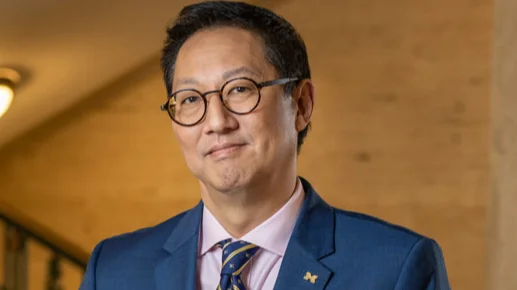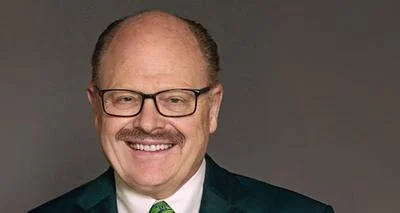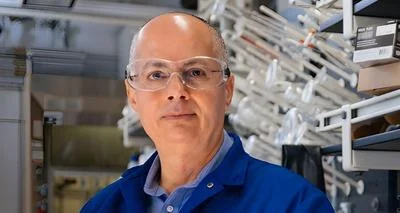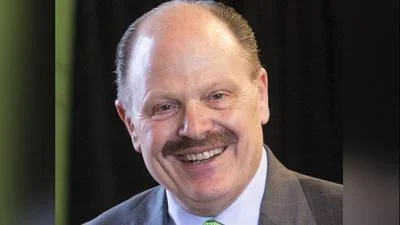Santa J. Ono, Ph.D. President at University of Michigan - Ann Arbor | Official website
Santa J. Ono, Ph.D. President at University of Michigan - Ann Arbor | Official website
A collaborative effort between the University of Michigan and Stanford University seeks to provide stroke victims with the ability to "speak" through brain signal detection and interpretation aided by advanced computer technology. The initiative is fueled by a $29.7 million grant from The Marcus Foundation, with $19 million allocated to the University of Michigan.
Cindy Chestek and David Blaauw of U-M will oversee the development of a novel implantable and long-term brain-computer interface. Their focus is on creating tiny, carbon-based electrodes designed to minimize brain damage. Blaauw stated, "Our approach is completely wireless, and that distinguishes us from many of the interface technologies that are in the market right now." This strategy targets the brain's temporal region, typically unscathed in aphasia patients, aiming to maintain the brain's protective layer.
Stanford University will concentrate on patients whose speech abilities are compromised, led by Jaimie Henderson and Frank Willett. They aim to "decode" speech from unaffected brain areas, moving towards implanting the developed devices to restore communication abilities. Henderson emphasized the novelty and significance of the research, stating, "We are embarking on something that has never been done before with this innovative project."
The project is particularly critical due to aphasia’s impact, affecting over a million Americans with more than 210,000 new cases annually according to the National Institutes of Health. Jonathan Simons from The Marcus Foundation underscored the project's potential, claiming it as an exemplary advance in the neuroscientific care of stroke-related speech loss.
Bernie Marcus, The Marcus Foundation's founder, established the organization to advance medical research, among other causes. His philanthropic efforts have resulted in over 3,500 grants worth more than $2.7 billion. After his passing in 2024, his legacy continues through initiatives like this, aimed at significant medical advancements.





 Alerts Sign-up
Alerts Sign-up